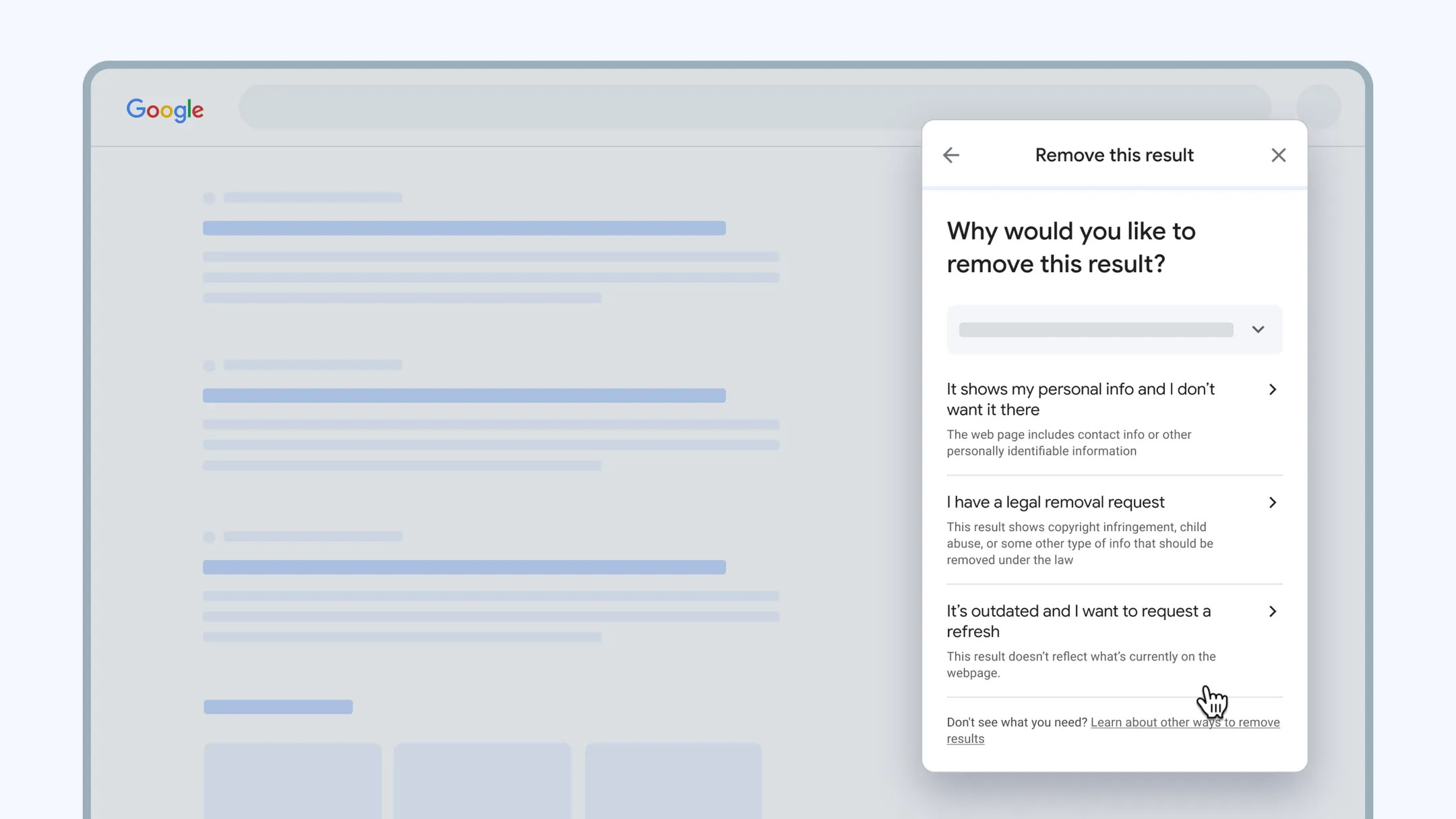As Google’s 2024 antitrust loss proved, the company has worked very, very hard to ensure its search engine is the primary roadmap for the Internet. Google scours the Internet for data about everything—even you. And if you don’t want your personal info to wind up in Google search results, you can use the just-redesigned “Results About You” tool. The tool, which began its rollout in 2022, is easier to use now, and some of the most useful features are now better integrated with search results.
The first step in using Results About You—which has not changed—is a bit alarming when you’ve set out to obscure your personal information. Just head to the new hub for Results About You and enter your personal information. Google probably already knows your phone number, email, and even physical address, but this tells the tool what specific information to pluck out of search results. If that data is out there, Google has it whether or not you remove it from search results.
Before this update, most of the Results About You features were limited to this console, but the most important features are now integrated with the search results. They’re not exactly prominently displayed, though. When scrolling through a Google search (after the AI overview, ads, knowledge graph, and more ads), you can use the three-dot menu next to a result to get data about it. This menu now includes options to remove the result right at the top.
If you request a removal due to the presence of personal information, Google will ask for more details, but that only takes a few seconds. The same interface includes non-personal removal requests—for example, if you’ve spotted illegal content. If you’re requesting a personal data removal, it has to be your data. These requests are logged in the Results About You tool for later review. Importantly, Google can’t remove content from webpages—you’re on your own there.

You can log into the hub at any time to see the status of your requests. Maybe you don’t want to remove a result but you’re irked that it’s not right. In that case, there’s an option to refresh the data under the same removal option in the search results. This is also handy if you managed to have a website remove data about you but the search results haven’t been updated. Just request a refresh, and Google says its crawler will go back to the page.
If you’re on a quest to keep your private info private, it would be smart to check the Results About You hub every now and then rather than making removal requests from search results. After you’ve highlighted the data you want Google to remove, the tool will automatically add newly discovered examples of that data under the Results section. Just like in search results, you can request a removal on the spot. The hub also has an option to send notifications to your phone or email address when it detects a new instance of personal info in Search.
You can delete your personal data from the tool if you decide to stop using Results About You—not that Google needs it. Unfortunately, this won’t change the amount of your personal data Google holds. Likewise, using this tool to purge search results doesn’t hide the data from Google, a company built on retaining, analyzing, and monetizing the personal information and activity of users. Streamlining search result removal is great, but it doesn’t do anything to address the problem of how Google and other big tech firms collect your data. That would require a structural change to Google’s operations, not a redesigned search result manager.